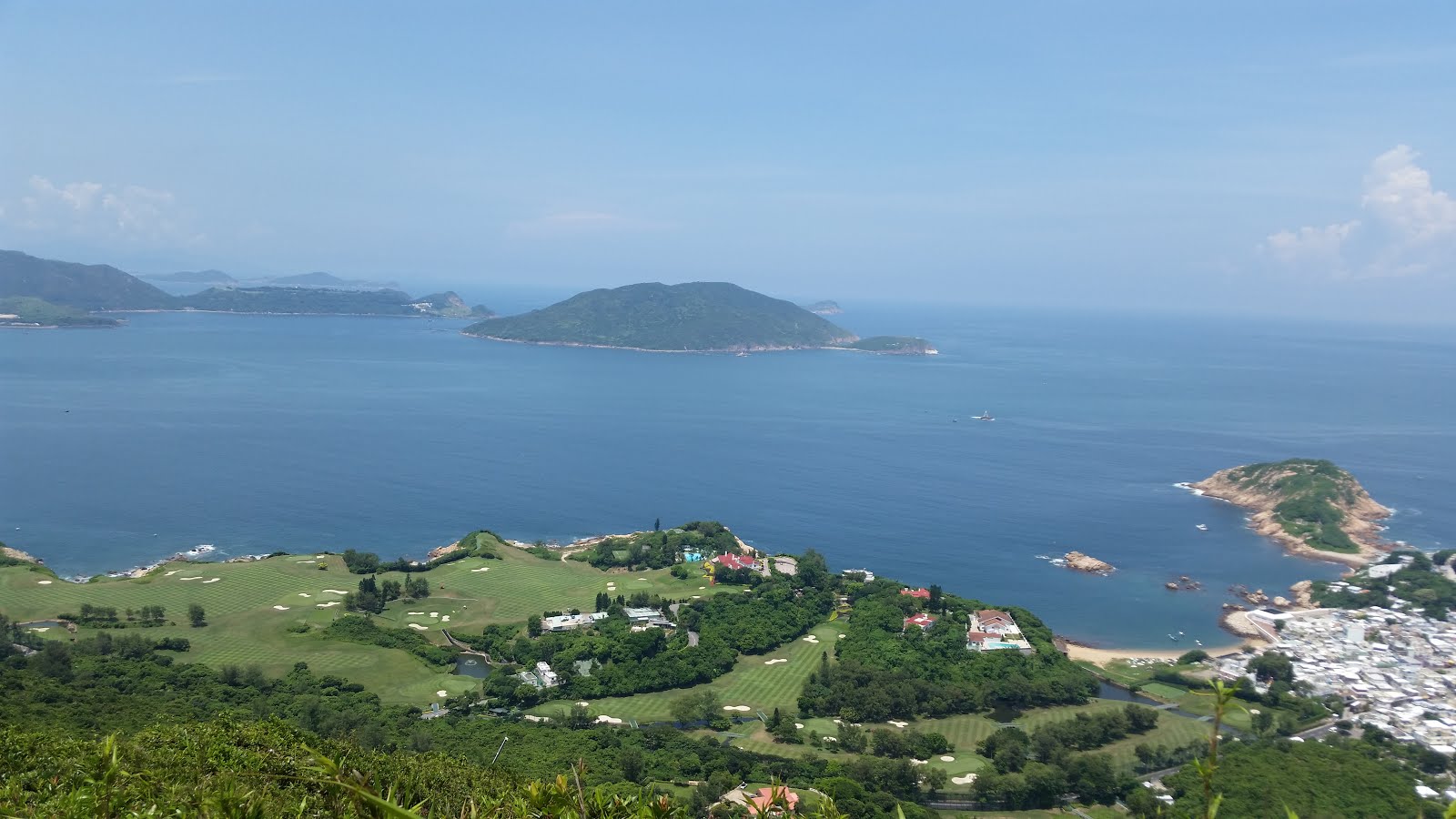In the article “Explosive
growth in Asian cities: Bright ideas to Seize the Urban Moment”, Khanna (2015)
believes that South-east Asian metropolises are the next reference model of
“urban development” in the current era. She states that metropolises are going
through an increase of population due to large amount of movement from the
counties’ rural area to its cities; this influx is pushing metropolises to
expand in magnitude and in turn, could lead to “urban sprawl”. The writer
reports that when providing basic necessities such as water, housing and
reliable transport; the magnitude of these metropolises are posing complicated
problems for their local governments. Khanna argues that South-east Asian
capitals are taking on the issues posed with "flexible
governments, resourceful citizens and local infrastructure innovation." I
agree with Khanna’s statement; the huge increase of population in the
metropolises has indeed caused issues. However, in Khanna’s article these issues
are briefly mentioned about, and I would like to elaborate more about the
issues and what are the measures these cities are implementing.
First, I would like to talk about an issue in Bangkok, which is the air pollution
the city is facing. Bangkok has long faced the issue of air pollution, dated as
far back as 1970s.
Transportation contributes the most to the pollution issue in Bangkok.
According to Dr. Bhichit Rattakul (2007), he reports that many of the buses
used in Bangkok are outdated, but were still driven by private operators. Bhichit
also states that about half of the 14,000 buses in Bangkok do not fulfill air
quality control standard. According to worldbank (2015), the government of
Thailand has implemented measures to combat the issue of air pollution; such as
adopting emission standards, phasing out lead in gasoline and reducing
polluting rickshaws in the streets. Bangkok also encouraged a conversion from
the old two-stroke engines to the cleaner four-stroke engines for the city’s
motorbikes. Thailand Energy Minister Piyasvasti Amranand states that “the air
has improved a lot over the past 15 years.”
Next, I would like to talk about the transportation issue in Jakarta.
Jakarta currently has one of the most congested traffic in the world. According
to Hamer (2014), he reports that during peak hour, five-kilometer journeys by
car can take up to an hour or more. This congestion is caused by the large
amount of car ownership and the unreliable public transportation system.
Businesses in Jakarta are heavily limited by the lack of mobility. To combat
this issue, the public works office plans to build 10 elevated roadways, and
some have already been completed. According to Prabandari, the new elevated
roadway that she uses to travel between her house to work now takes only “matter
of few minutes”, as compared to previously, would have taken her about an hour.
However, during peak hour the traffic condition is still congested as the road
converges with other streets. Jakarta is currently reviving plans to construct
a monorail system.
In conclusion, it is no doubt that with a huge population, there will be
issues that comes with it. The important thing for these metropolises is to
plan ahead and improve their infrastructures such that it will be able
withstand the growing demand of its population.
(534 words)
References
Can
Jakarta Build Answers to Its Transportation Problems? (n.d), from http://jakartaglobe.beritasatu.com/news/can-jakarta-build-answers-to-its-transportation-problems/
From Santiago to Bangkok, Cleaner Air Brings Healthier Lives. (2015). Retrieved April 13, 2015, from http://www.worldbank.org/en/news/feature/2015/04/13/from-santiago-to-bangkok-cleaner-air-brings-healthier-lives
Gluckman, R. (2007, May). Once blighted by belching buses and thick smog, Bangkok cleaned up its
act and air over recent decades. Cutting motorcycle emissions and adding an
overhead subway helped, but most measures were easy, efficient and paid quick
results. As Bangkok has grown greener, much of Asia, suffocating in thick
layers of smog, should pay attention. Bangkok
breathes easier. Retrieved from http://www.gluckman.com/BangkokPollution.html
Hamer, A. (2014, January 30).
Outdated infrastructure and constant gridlock are worsening with rapid growth
in car ownership. Jakarta’s Troubled
Infrastructure. Retrieved from http://thediplomat.com/2014/01/jakartas-troubled-infrastructure/
